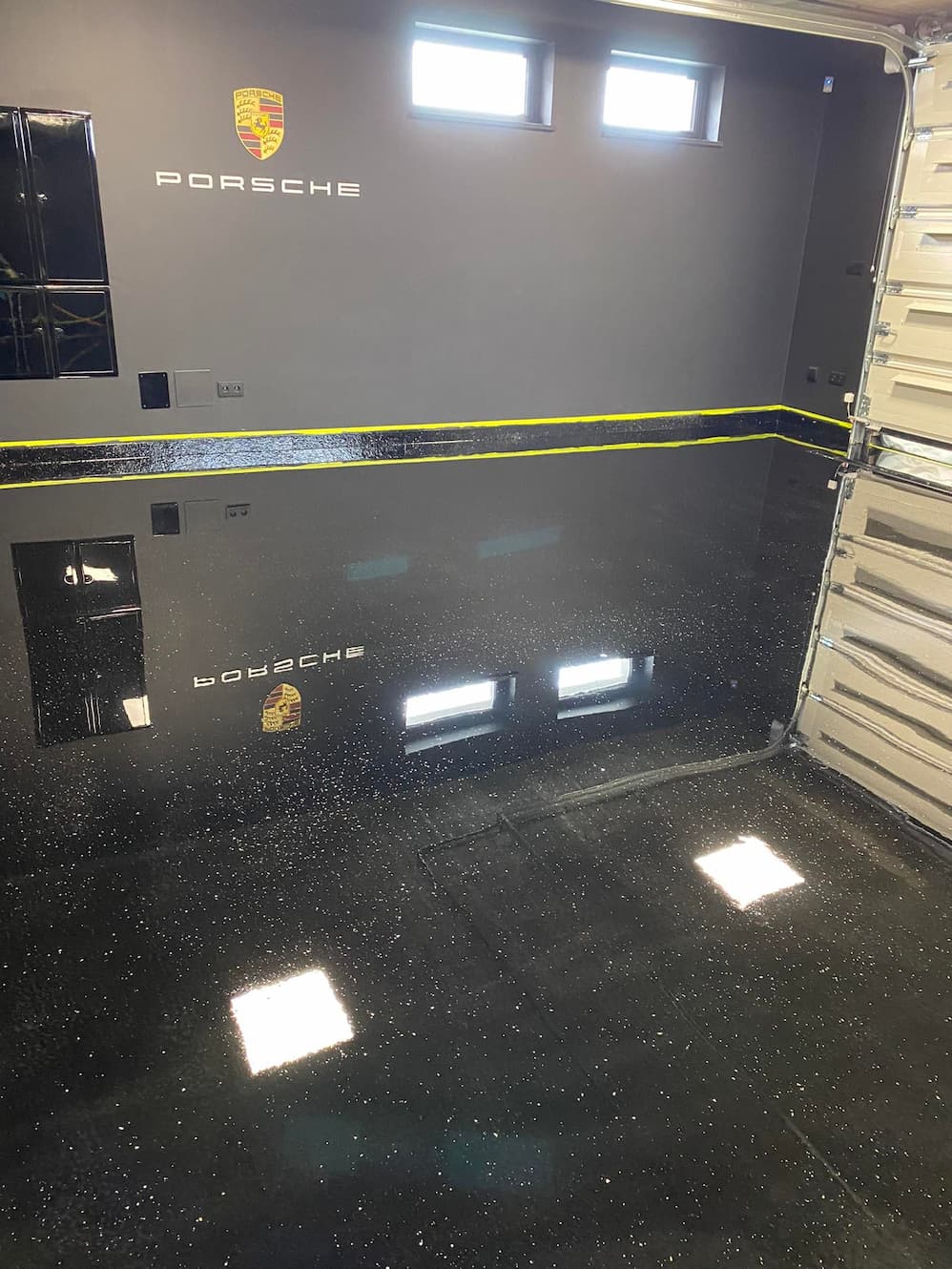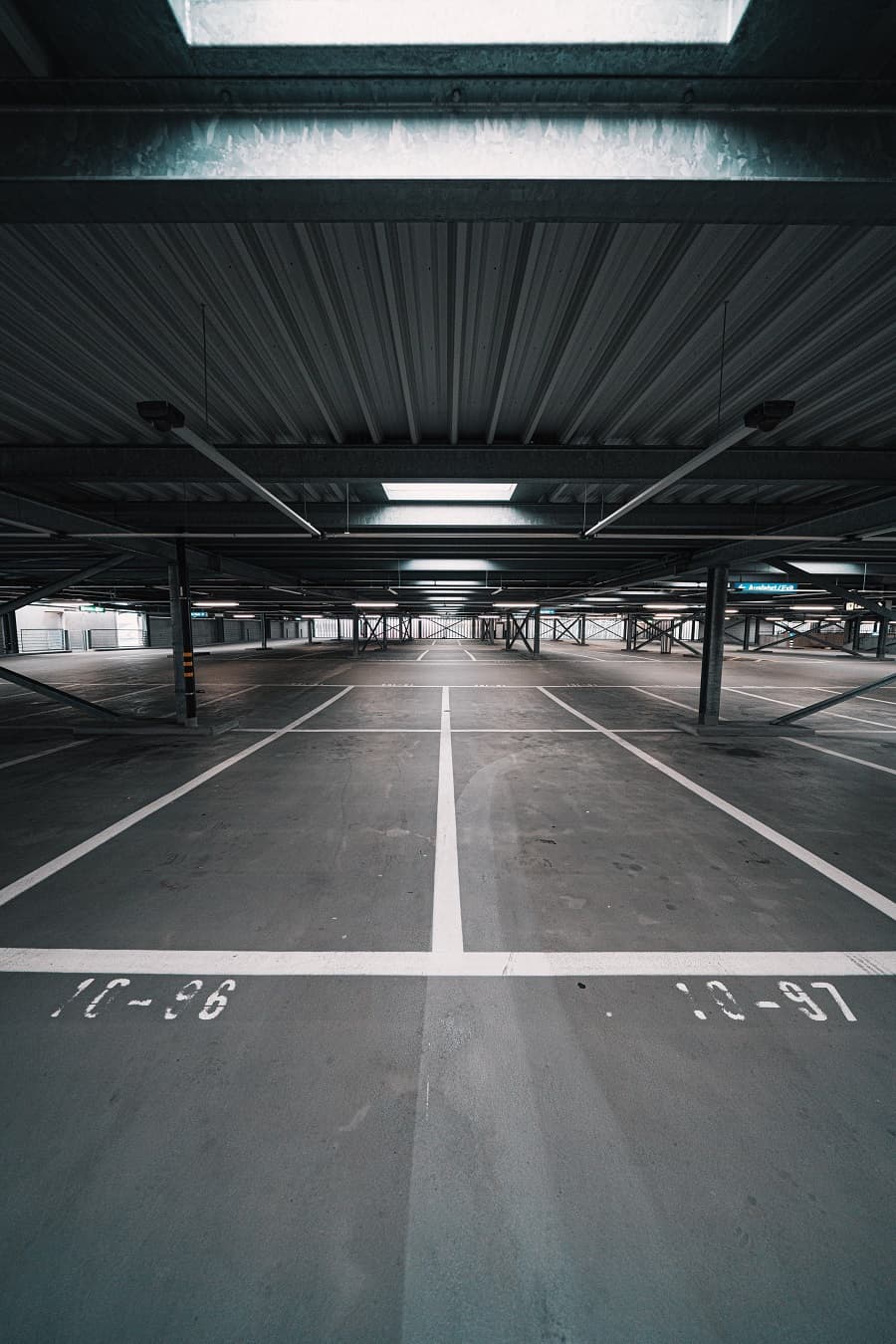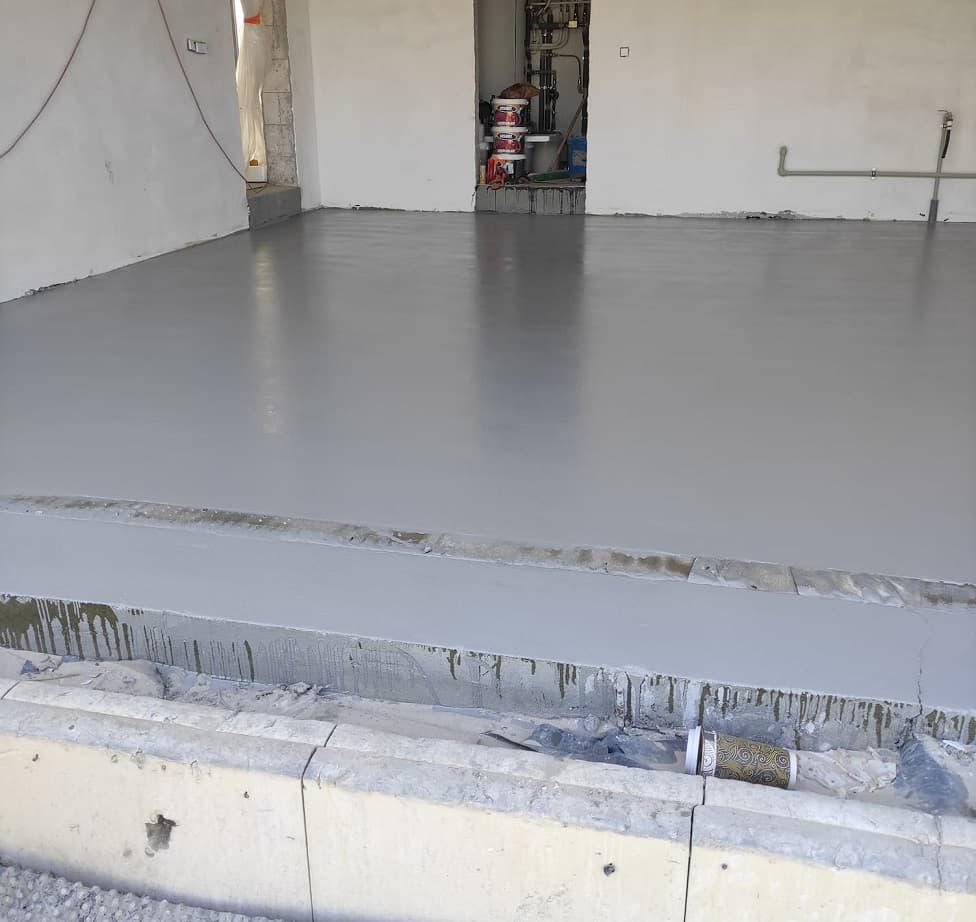
Both industrial and domestic buildings designed to hold vehicles in them require specialized solutions. This includes the selection of a suitable floor, resistant to a number of different negative factors, including mechanical damage or the effects of chemical compounds. A good garage floor should, above all, be durable and even. It is worth that it additionally has anti-slip properties. Wondering what solution will be adequate to your needs? Then we encourage you to read the following article. You will find out, among other things, how to prepare the surface for the floor, learn about its different types, as well as ways to protect them. Check it out!
Garage flooring – how to prepare the surface for the floor?
Let’s start with the basics – that is, how the substrate should be prepared. This is an important factor, since, among other things, it determines whether the new pavement will serve its purpose at all and be durable. An improperly prepared substrate can result in, among other things, chipping, cracking of the top layer and other negative phenomena.
To begin with, it is necessary to visually inspect the substrate on which the floor will be laid. Check, first of all, whether there is any damage on it. Loose fragments strongly affect the durability of the new pavement, so they should be removed, and the resulting cavities – filled. Also pay attention to any cracks, as well as damage within the expansion joints. How to fill them – you will learn about this in the rest of the article.
Another way to prepare the substrate, such as for a new resin (epoxy), concrete or polyurethane floor, is to sand it down. To do this, after filling in any cavities, you need to make sure that there are no metal parts in it. It’s also a good idea to check the hardness of the surface being worked on, as the choice of sanding tool will depend on this. When you consider that the layer is already suitable for processing – it’s time to move on to the grinding and leveling of the surface itself.
Remember that regardless of the method you choose, the bottom layer must be properly cleaned and dried before applying the next coating. For this you need to use preferably an industrial vacuum cleaner, with which you will remove all the dust without the risk of leaving loose parts. Another, one of the most important stages of work on the floor is priming the substrate. In our offer you will find various types of epoxy and polyurethane primers, including Meteor Primer Hydro, Dry or Rapid or Purion Primer W polyurethane primer, among others.
One more thing to keep in mind – the selected floors may have different requirements for the substrate on which they are laid. More about this, however, at the individual types of paving.
What to make a new garage floor out of?
There are different ways to finish the pavement in a garage. You can bet on concrete, epoxy or polyurethane resin, as well as other materials. However, the ones mentioned above are characterized by the greatest resistance and do a great job in “technical” spaces, among others. Learn more about each of them now.
Epoxy resin floor
This is one of the more popular – and for good reason – methods of finishing the floor. Epoxy flooring in the garage is a guarantee of high resistance, both to abrasion and chemical exposure. In addition, it is quite flexible, and it is easy to clean. Another big advantage is that its surface can be developed so that it has anti-slip properties. For this purpose, among other things, quartz sands are used – they are poured on the mass, which has not yet had time to set.
However, it should be remembered that for epoxy flooring in the garage you need a really strong substrate. The compressive strength of the subfloor must not be lower than 20 MPa. The surface must also be at least 5 cm thick. Only then do you gain confidence that the surface will be durable and solid.
An example of the construction of an anti-slip epoxy floor, the so-called parking system:
|
Parking system, thickness 1.5 – 2.0 mm |
||
|
Operation |
MATERIAL USED |
INDICATIVE CONSUMPTION |
|
Priming |
Meteor Primer Hydro / |
0,3 kg/m2 |
|
Base layer |
0,5 – 0,8 kg/m2 |
|
|
Backfill with quartz sand until dry |
Quartz aggregate |
about 3,5 kg/m2 |
|
Closing layer |
0,5 – 1,0 kg/m2 |
|
Concrete floor

Although concrete often forms the base for other surfaces, it also happens to be the final layer itself. Concrete flooring in the garage is most often special-purpose self-leveling compounds or ordinary screeds. Note, however, that the use of traditional materials requires much more processing to achieve a surface with the desired characteristics. Special flooring mixes, on the other hand, have much better properties. However, to further “boost” the physical properties of the floor, its strength and aesthetics, we suggest using DST (Dry Shake Topping) technology, i.e. making a concrete floor using our Romix and Romix BL concrete hardeners. Here you will find out what the individual stages of this technology look like, as well as its most important properties and advantages.
To reinforce the pavement, you can additionally use fibers for concrete – made of steel or plastic, and for additional surface protection – impregnates for concrete. These two solutions make it possible to create a durable surface that is resistant to a wide variety of factors. In objects with a large surface area (such as underground garages or parking lots) it is still worth using special drainage troughs, allowing easy drainage of, for example, rainwater.
What to protect the concrete floor in the garage with?
Above we also mentioned the impregnation of concrete. In our offer there are various means of protecting the concrete screed, including in the garage, effectively penetrating into the depths of the material and permanently binding it, protecting it from a range of negative factors – from chemical exposure, through moisture, to friction and impact, the so-called liquid film.
Such products as P100, P200 or P300 impregnates for concrete effectively protect it from the seepage of a wide variety of liquids – from water to oils, but also improve its properties. An equally effective option may be PHW100, which is an aqueous paraffin emulsion that forms a protective film on the surface to which it is applied.
Polyurethane flooring

Resin surfaces are not only epoxy. Resin flooring for the garage is often made of polyurethane resin. Like their epoxy counterparts, they require a suitable substrate, but in return they guarantee the highest quality of use. In addition to durability, they are also characterized by high aesthetics, which is of great importance in both private and industrial garages.
The advantage of this type of material is that it perfectly fills in any cavities, which – on the one hand – makes a great bond with the substrate, and on the other – creates an even, smooth surface. However, the substrate for a resin floor requires special preparation (including the use of a proper primer). Therefore, the laying of a polyurethane resin floor in the garage should be left to proven professionals who know the specifics of the material. Thanks to this, you can be sure that your chosen, for example, Purion Color polyurethane resin in the PARKING version, which will be ideal especially for an anti-slip floor in the garage, will be laid in accordance with the applicable rules, and the resulting surface will be durable and aesthetically pleasing.
An example of the construction of an anti-slip polyurethane floor, the so-called standard parking system:
|
Standard polyurethane parking system |
Layering and material used |
Consumption |
|
Priming: |
about 0,3 kg/m2 |
|
|
Base layer: |
about 0,6 kg/m2 |
|
|
Quartz aggregate |
about 3,5 kg/m2 |
|
|
Closing layer: |
about 0,6 kg/m2 |
|
|
*the last layer for UV-resistant system: |
about 0,2 kg/m2 |
Can an old garage floor be leveled?
If you have an old concrete floor in your garage that you think just needs to be refreshed – this can also be done. Of course – in many situations the best thing to do is to pour new layers and apply the appropriate waterproofing or other specialized chemistry. Then the renovation and leveling of such a surface will be a very rare procedure.
Suppose, however, that you are betting on the renovation of an old surface – then it will be necessary to remove point defects, any cracks, as well as to apply new expansion joints in place of chipped material. Fibers for concrete, available in our offer, will do a great job in this case. After removing these deficiencies, the floor is sanded to obtain a uniform, even surface, and then the appropriate impregnations are used, including liquid film, as well as coating materials. If you are planning to renew your seasoned floor – contact us! We will recommend you the best professionals who will professionally perform the floor, in accordance with the art of construction, using only the highest quality, proven products!

Check out our construction chemicals – create the perfect floor in your garage!
Every flooring material has its advantages. Some may also be more labor-intensive or expensive. However, if you bet on a solid pavement, made with professional chemical preparations – then you reduce the risk of damage, and thus – the expense of repairing the floor. That’s why we already encourage you to get acquainted with resin agents, as well as concrete mixtures suitable for pouring in garages and other private or industrial spaces. If you want to know more about our proposals – contact us! We will answer any of your questions!
